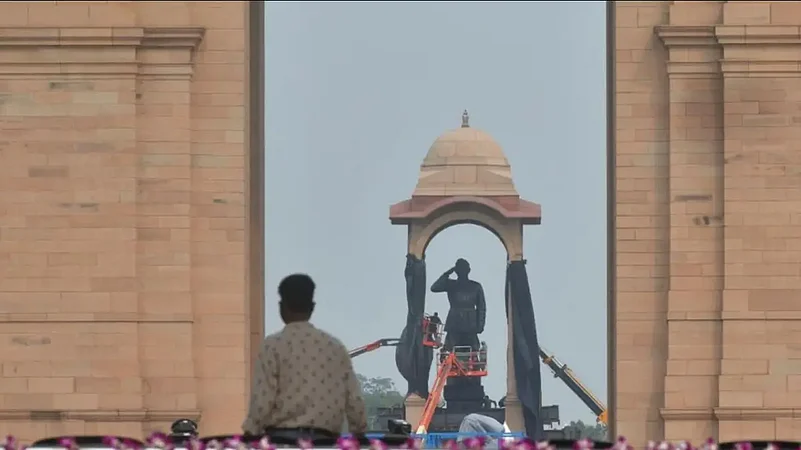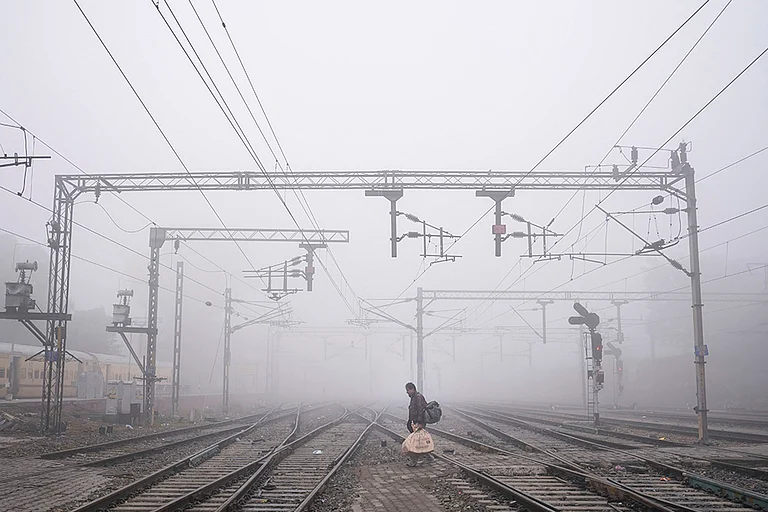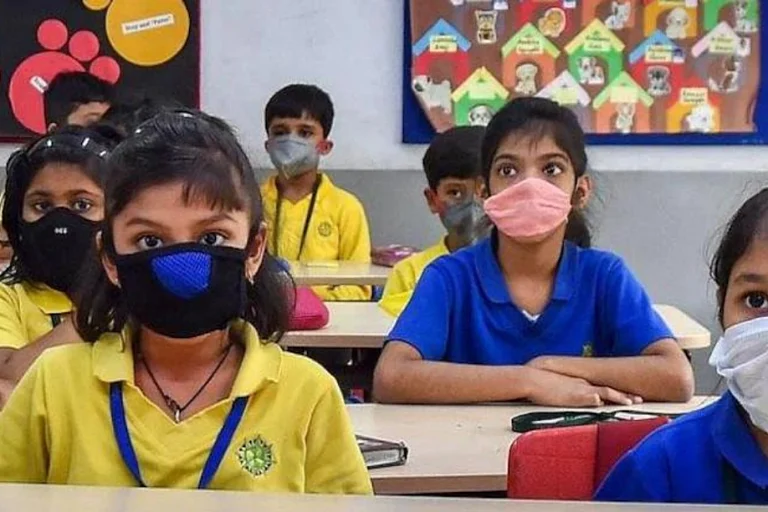The political re-imagining of one of Delhi's most well-known landmarks, from Rajpath to Kartavyapath, began with the unveiling of a 28-feet tall statue of Netaji Subhas Chandra Bose, at the hands of Prime Minister Narendra Modi on Thursday.
The monolithic statue, carved out of a single block of granite, has been installed under the India Gate canopy, in the same location where Modi had unveiled a holographic version of the statue on the occasion of Parakram Diwas on January 23, earlier this year.
The neglect of Bose and the Indian National Army founder's legacy by the Congress, had been one of the key thrusts of the BJP's political campaign.
Statues have played an important role in Indian politics, as representative symbols of the sway of ideology or ideologies in the seat of power.
In February 2022, Outlook’s cover story ‘Cast in Stone’ explored in detail the politics and sentiment behind the installation of statues in India.
Stories in the issue covered the expanse of India putting the spotlight on grand statues like the ruling Bharatiya Janata Party’s pet-project, Gujarat’s ‘Statue of Unity’ where the imposing visage of Sardar Vallabhbhai Patel looms over the precincts of the Sardar Sarovar dam project or the proposed, equally grand statue of Chhatrapati Shivaji Maharaj off Mumbai’s coast, or the proposed 251 meter bronze statue of Lord Ram which has been proposed on the banks of the Saryu river in Ayodhya.
News features in the magazine also discussed Mayawati’s obsession with statues, when she was in her political prime as the Chief Minister of Uttar Pradesh as well as Dalit iconography, as a response to Brahminic hegemony.
Just like the sentiment behind their creation and unveiling, the fall of statues has also come to symbolize the fragility and collapse of ideologies, like the pulling down of statues of Lenin and Saddam Hussein, have come to represent.





















